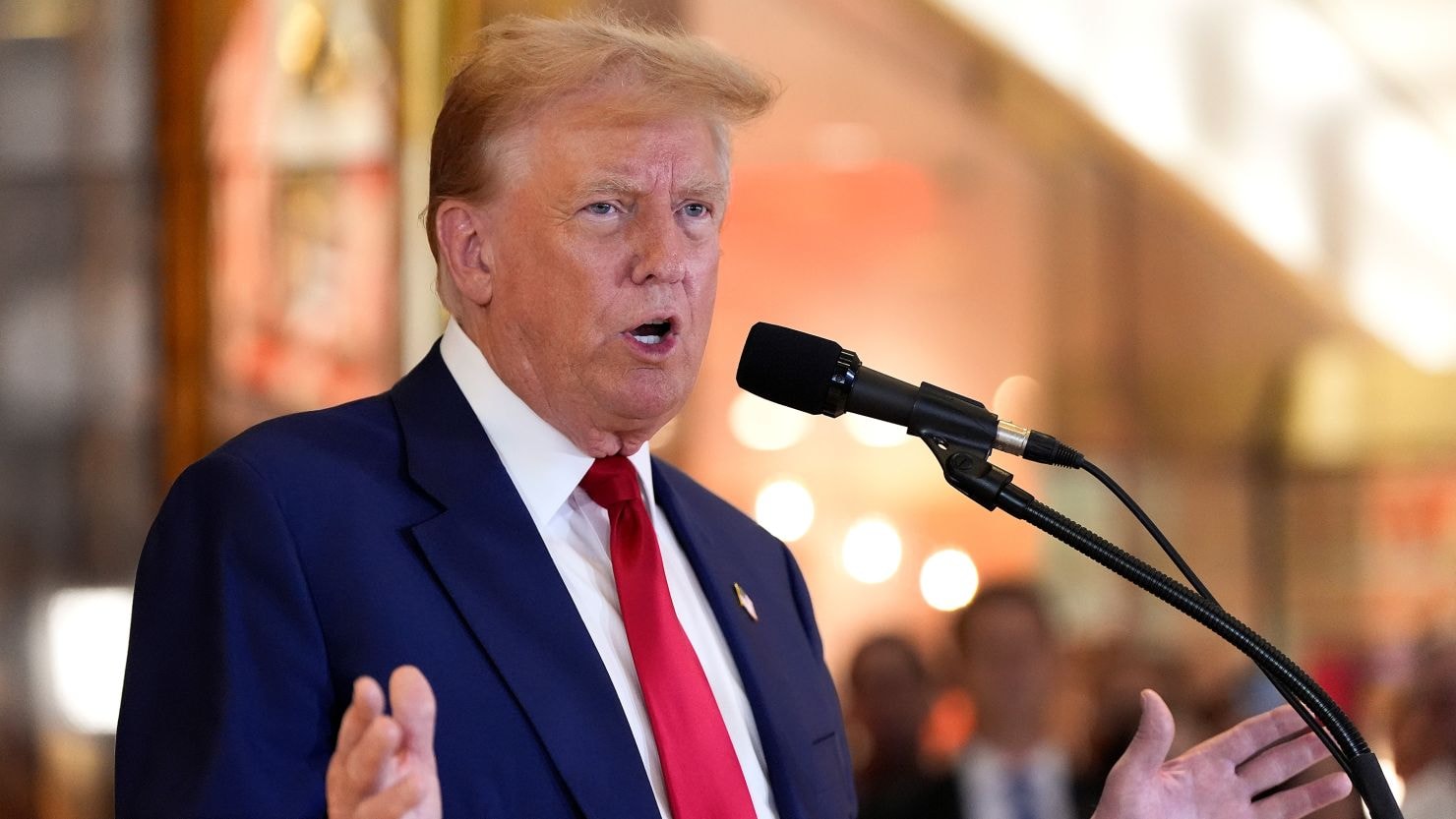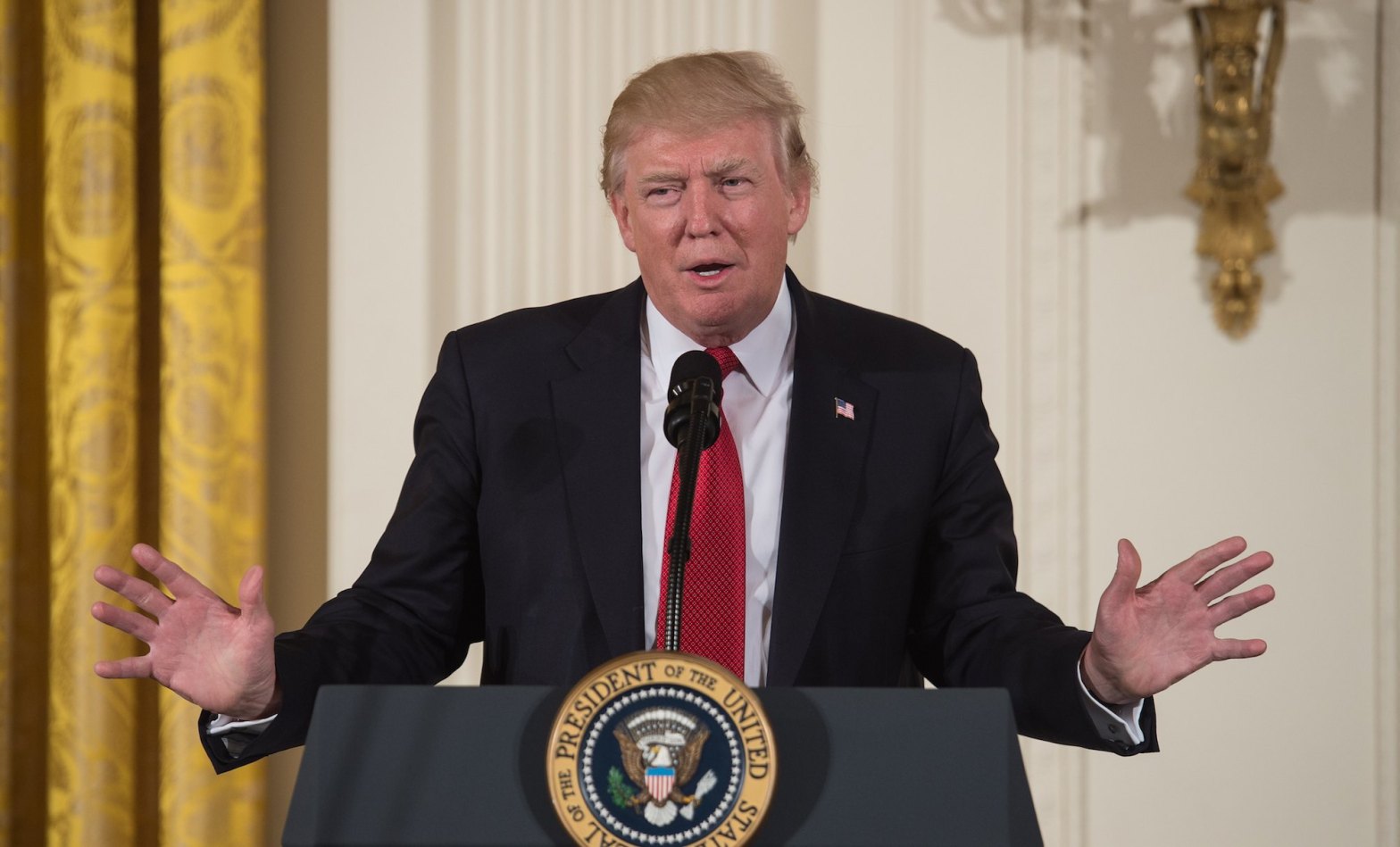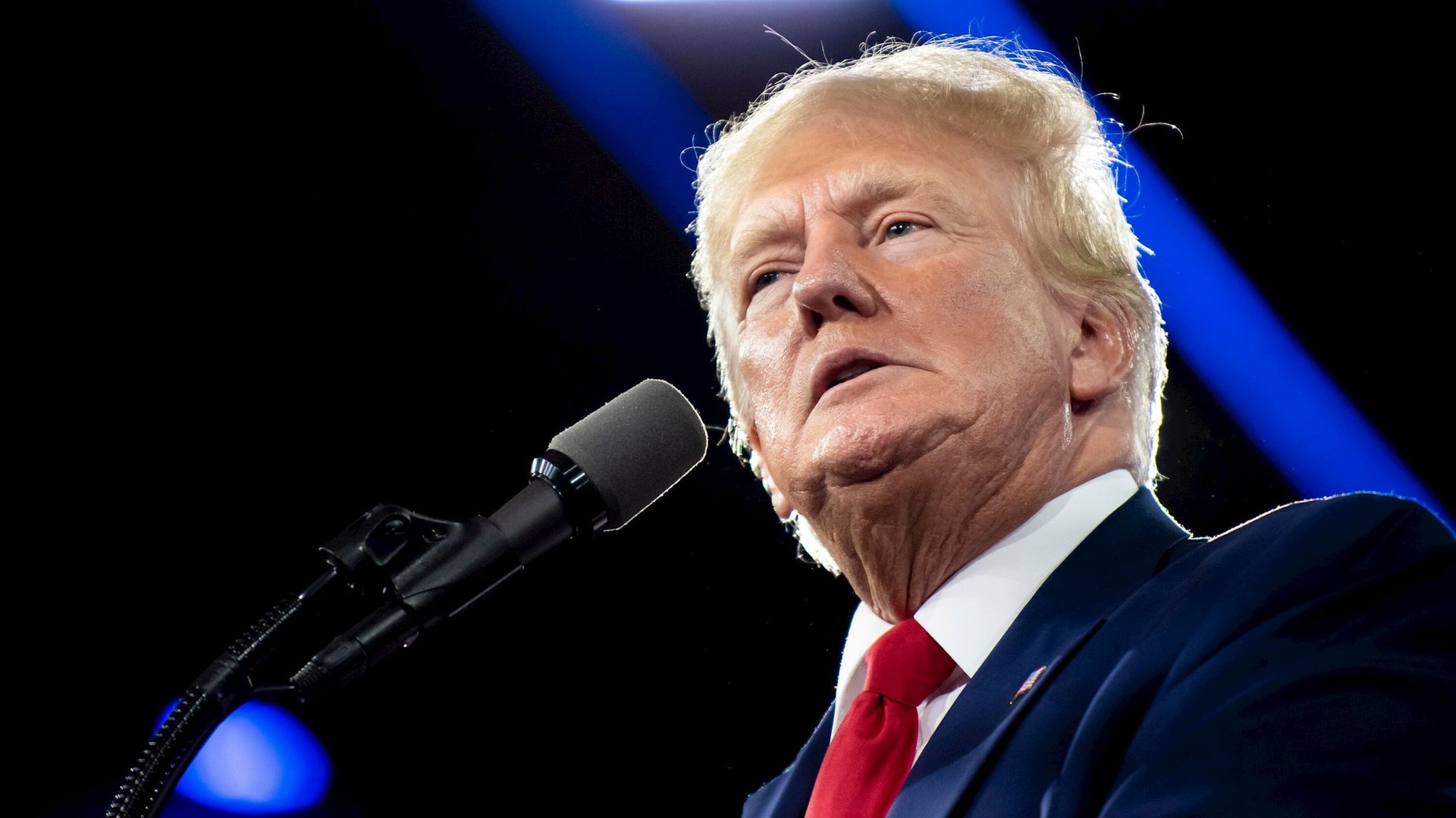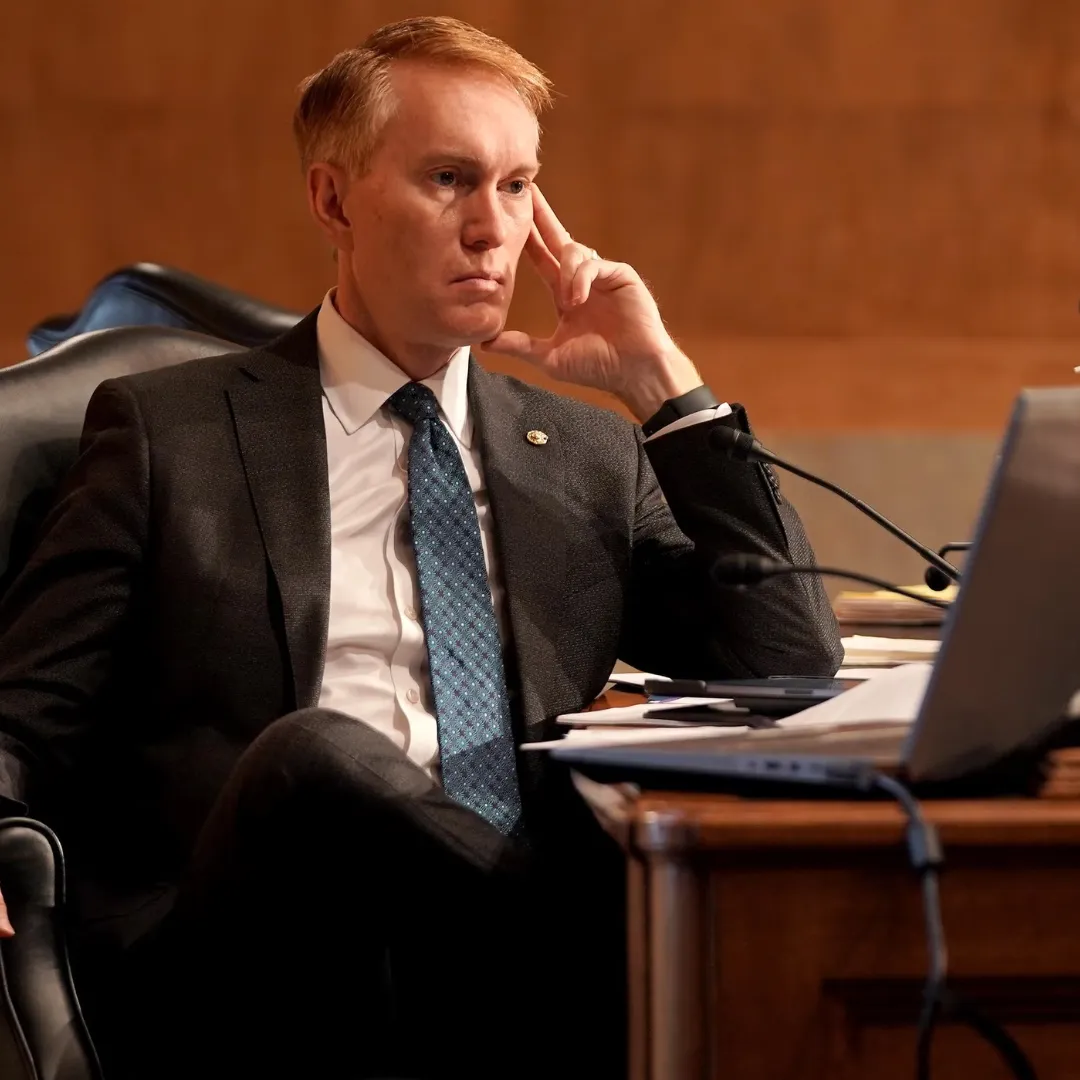
In a striking contrast between federal priorities, President Donald Trump has expressed strong support for raising the salaries of wildfire fighters, particularly those stationed in remote and challenging areas, while simultaneously, the Department of Government Efficiency (DOGE) has moved forward with significant staffing cuts to agencies dedicated to wildfire management.
This divergence has sparked a fierce debate about the prioritization of resources and the future of wildfire response in the United States.
Trump’s stance comes as part of a broader push to improve the pay and benefits for individuals working in the dangerous and demanding field of wildfire fighting.
His support for higher wages comes in direct response to the increasing frequency and severity of wildfires across the country, as well as the growing recognition of the toll these fires take on first responders and their families.
At the same time, DOGE, the federal agency tasked with ensuring the efficiency of government operations, has implemented cuts to key departments, including those responsible for wildfire response.
These cuts have raised alarm among environmental groups, firefighters, and politicians, who argue that the reduction in staffing could have detrimental effects on the nation’s ability to respond to increasingly frequent and severe wildfires.
President Trump’s endorsement of a pay increase for wildfire fighters highlights his administration’s growing acknowledgment of the crucial role these responders play in safeguarding lives, property, and ecosystems during wildfire season.
Wildfires, particularly in the Western United States, have become a recurring crisis, with fire seasons stretching longer and burning larger swaths of land every year.
While the pay of wildfire fighters has traditionally lagged behind other emergency responders such as police officers and paramedics, Trump’s proposal aims to rectify this disparity. "These brave men and women are risking their lives to protect us, and it is time we properly compensate them for the sacrifices they make," Trump stated during a recent address.
His administration has proposed a pay boost for wildland firefighters, acknowledging that the job demands long hours in hazardous conditions, often far from family and support networks.

The move is a significant part of Trump’s broader platform of supporting first responders and ensuring they receive the recognition and resources needed to do their jobs effectively.
Many of these firefighters, who are often seasonal and employed by various local, state, and federal agencies, work in conditions that are increasingly dangerous as climate change exacerbates the intensity and frequency of wildfires.
The support for a pay increase aims to address these hardships and attract new recruits to the field.
While Trump is pushing for an increase in compensation for wildfire responders, the federal government is also facing a major budgetary decision.
The Department of Government Efficiency (DOGE) has initiated a series of cuts aimed at reducing staffing and operational costs across various agencies, including those involved in wildfire management.
DOGE’s decision to reduce staff at key agencies tasked with wildfire prevention, response, and recovery has sparked a significant backlash from those who argue that such cuts could undermine the nation's ability to adequately address wildfires.

Environmentalists, emergency response teams, and certain members of Congress have voiced concerns that these cuts could lead to slower responses, fewer resources for fighting fires, and ultimately more lives and property at risk.
"The idea that we are cutting resources for those on the frontlines of our climate crisis is reckless and dangerous," said Senator Maria Martinez (D-Calif.), who has been vocal in opposing the cuts.
"We need to be investing in our firefighting resources, not pulling back. The frequency of wildfires is increasing, and so too should our commitment to combat them."
DOGE’s decision has been part of the broader push for government austerity measures. While proponents of the cuts argue that they are necessary for fiscal responsibility, critics argue that reducing support for wildfire management sends the wrong message during a time when the nation is facing increasingly frequent and devastating wildfires.
The cuts to staffing and resources for wildfire response come at a critical moment in the United States’ fight against wildfires. The Western U.S., in particular, has been experiencing a dramatic rise in the frequency and intensity of wildfires, with catastrophic fires in California, Oregon, and Washington becoming a fixture of the annual fire season.

The past few years have seen record-breaking wildfires, with millions of acres burned and thousands of homes lost.
The federal response to these fires has traditionally involved a combination of local, state, and federal resources. The U.S. Forest Service, Bureau of Land Management, and various state agencies have played key roles in battling wildfires.
However, as these agencies are tasked with responding to increasing numbers of fires, staffing shortages and budget cuts can hinder their ability to deploy resources quickly and effectively.
In particular, the cuts to firefighting support staff could lead to delays in mobilizing response teams or reducing the amount of air support available to drop water and fire retardant on active fires.
The lack of funding could also mean fewer resources for preventive measures such as controlled burns, firebreaks, and vegetation management that help reduce the likelihood of catastrophic wildfires.
The contrasting positions on wildfire fighting pay and staffing cuts reflect the broader divide over government spending priorities. On one hand, Trump’s push for higher pay for wildfire fighters demonstrates a recognition of the essential services these individuals provide.
On the other hand, DOGE’s cuts represent a hardline approach to government efficiency, even when it comes to critical areas like wildfire response.
The debate highlights the challenges the U.S. government faces in balancing fiscal responsibility with the need for robust emergency response systems. As climate change continues to increase the frequency of natural disasters, the importance of investing in emergency services and prevention measures has never been more apparent.
As wildfires continue to devastate communities across the United States, there is a growing consensus that more needs to be done to ensure that resources for firefighting and prevention are adequately funded.
The contrast between Trump’s push for increased pay for wildfire fighters and the cuts proposed by DOGE underscores the need for a unified approach to wildfire management that prioritizes both fair compensation for first responders and sufficient funding for agencies charged with preventing and responding to these fires.
Critics argue that the U.S. cannot afford to cut back on wildfire resources at a time when the threat is growing.

"We need to be investing in our future by funding agencies that protect us from the fires ravaging our country," said environmental advocate Lisa Green. "Cutting resources for wildfire management is a step backward in addressing the climate crisis."
As the nation grapples with this critical issue, the conversation about wildfire funding, pay, and preparedness is likely to continue to evolve, with urgent calls for policymakers to prioritize the health and safety of both communities and the dedicated individuals on the frontlines of wildfire management.





